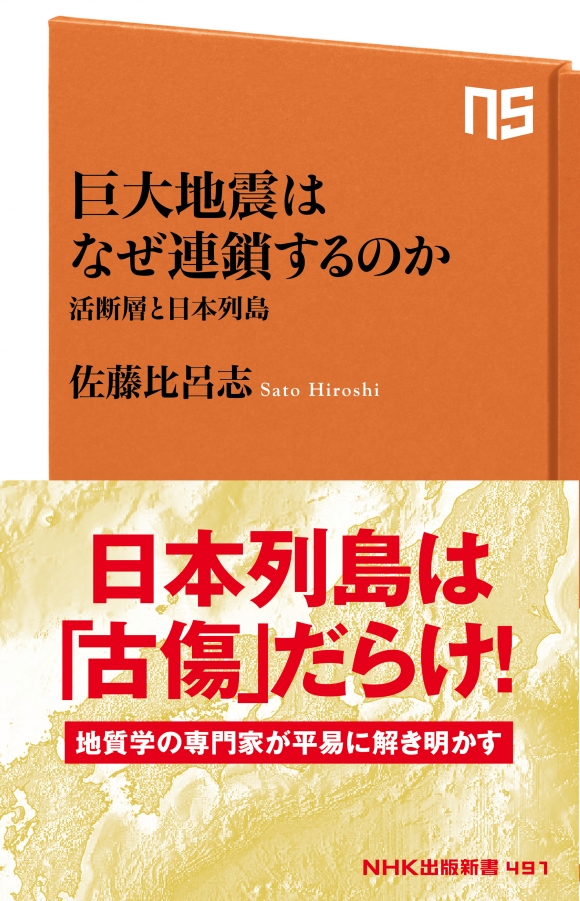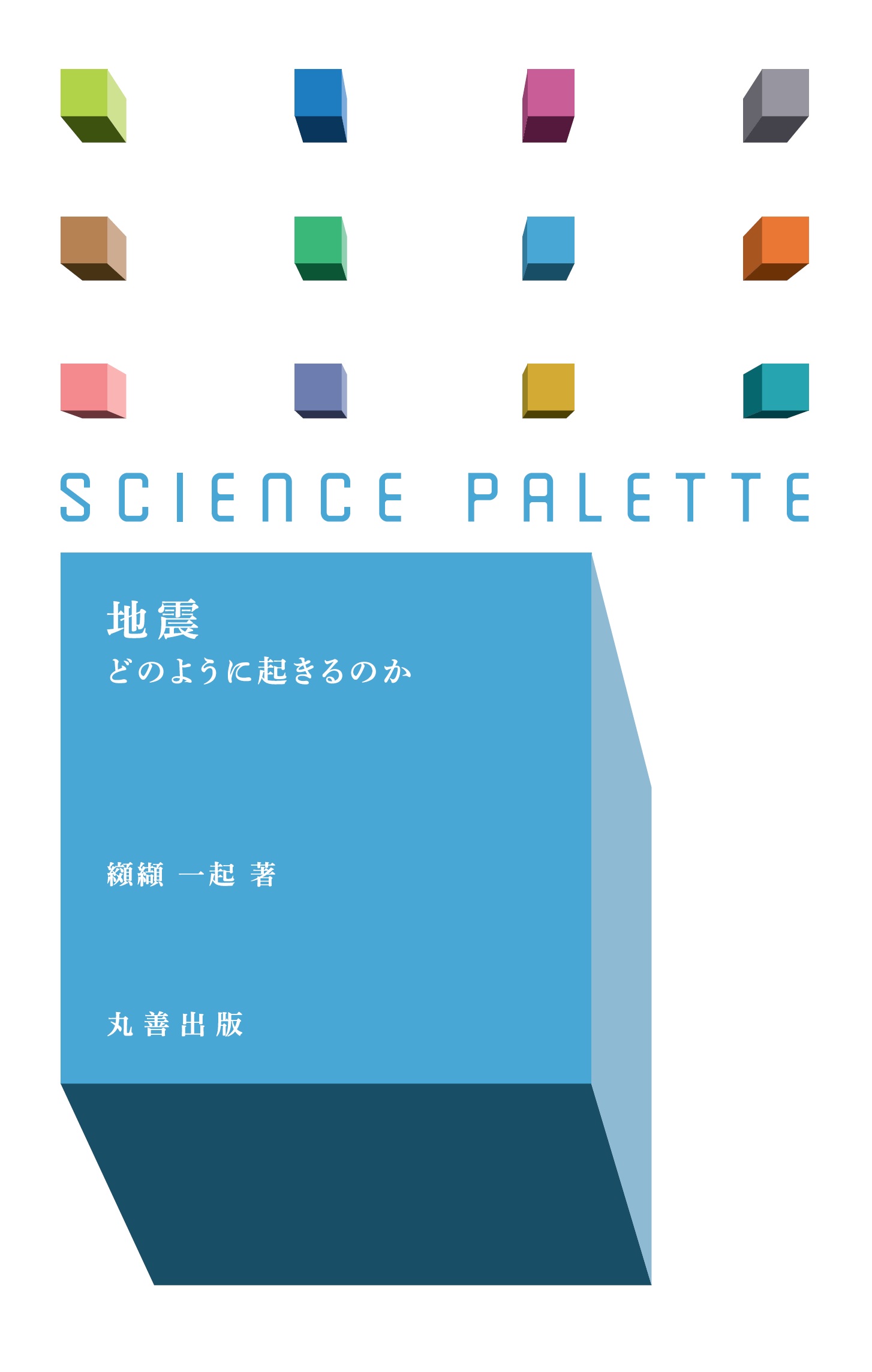
Title
NHK books 491 Kyodai jishin wa naze rensa surunoka (Why do large earthquakes occur in sequences? - Active faults and Japanese islands)
Size
200 pages, Paperback Pocket Edition
Language
Japanese
Released
July 11, 2016
ISBN
978-4-14-088491-1
Published by
NHK Publishing, Inc.
Book Info
See Book Availability at Library
Japanese Page
The Japanese islands form an island arc along a subduction boundary, and the conditions at that boundary strongly affect the stress regime and crustal deformation in the overriding plate. The 1995 Kobe earthquake produced severe damage from a source fault that lay directly beneath the Kobe urban area. Soon after, the Japanese government installed a seismic and GPS network that covered the entire country of Japan, and started a program of active fault survey. Seismic reflection profiling is a useful tool for detecting blind active faults, and understanding their geometry and structural context. Knowing the deep geometry of a seismogenic source fault is fundamental to evaluating potential strong ground motion, or tsunami hazard in the case of offshore earthquakes. Seismic reflection profiling in the epicentral areas of the 2003 Northern-Miyagi, 2004 Chuetsu, 2007 Chuetsu-oki, and 2007 Noto-Hanto earthquakes successfully demonstrated that these earthquakes were produced by reactivation of faults formed during the period of the Sea of Japan opening. Indeed, most of the main fault systems of the Japanese islands were formed during the formation of the Sea of Japan from 20 to 15 Ma. Once created, a fault remains a weak zone in the host rock for a long period of time. Such weak planes may be reactivated under certain conditions, for example, with changes in stress regime produced by tectonic events like arc-arc collisions (Izu Peninsula, central Hokkaido), changes in the motion of a subducting plate (Philippine Sea plate), or back-arc extension (Okinawa Trough). Seismic profiling has also revealed blind active faults beneath the Kanto plain around Tokyo. Deep seismic reflection profiling successfully imaged the source fault of the 1923 Kanto earthquake beneath Tokyo Bay and demonstrated that the depth to the megathrust source fault, located at the upper surface of the Philippine Sea plate, is shallower than previously estimated. Plate boundary conditions along a megathrust affect the stress regime in the overriding plate, an effect that is observed from the connection between M8 or M9-class earthquakes at the megathrust and M7-class earthquakes in the overriding plate. Stress build up before the 2011 Tohoku-oki earthquake (M9) resulted in a sequence of large crustal earthquakes that occurred in the overriding plate between 2003 and 2008. A similar relationship between megathrust earthquakes and disastrous crustal earthquakes is documented at the Nankai trough, SW Japan. The data collected by GPS and seismic networks is critical to understanding earthquake hazard. Recently, monitoring of crustal movements using GPS has been expanded to the sea floor above a megathrust, allowing us to detect changes in coupling between the subducting and overriding plates there. The data collected by these networks may change the way we evaluate the seismic potential of source faults in the overriding plate. In the near future, we expect to be able to numerically evaluate earthquake potential by calculating the specific stress acting on a crustal source fault using the data of crustal movements and seismic networks.
(Written by SATO Hiroshi, Professor, Earthquake Research Institute / 2019)
Table of Contents
Chapter 2 Japanese islands as island arcs
Chapter 3 How Japanese islands developed?
Chapter 4 Active faults and seismogenic source faults
Chapter 5 Megathrust earthquakes along the Nankai trough and related damaging earthquakes in the overriding plate



 Find a book
Find a book




